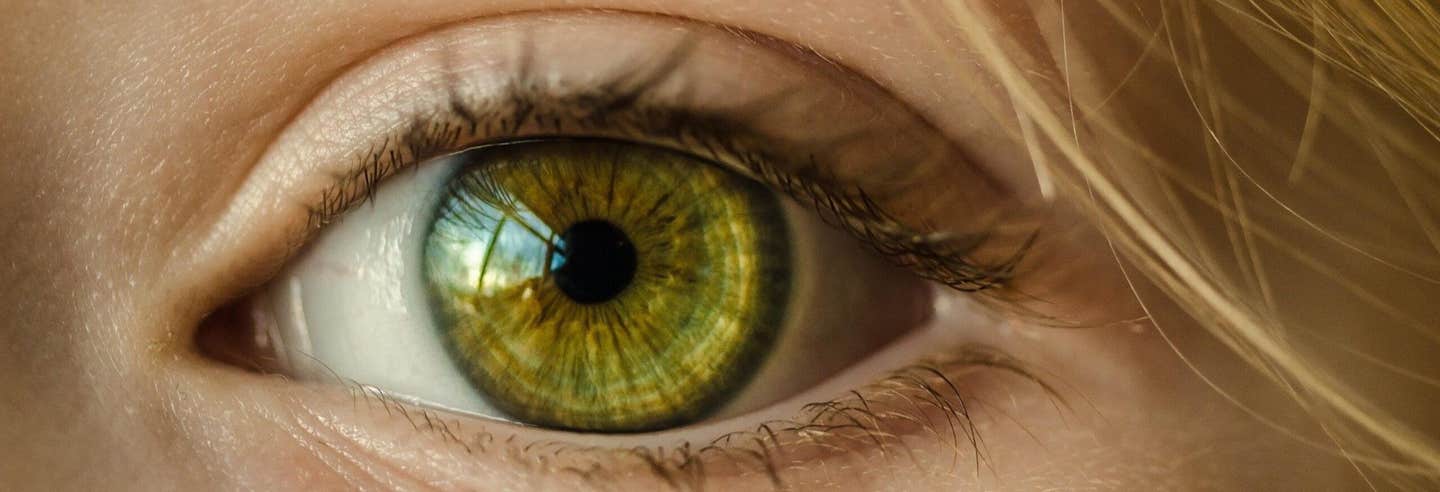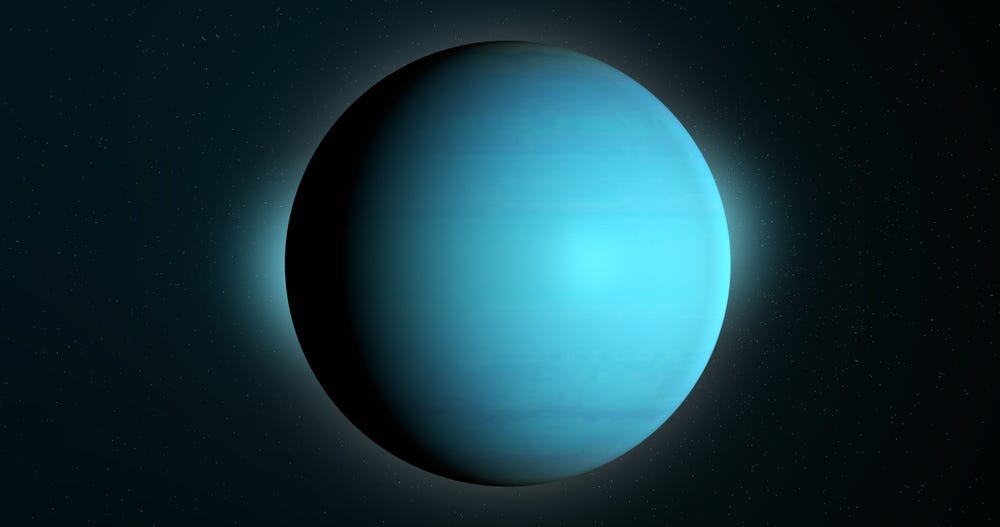A man’s role in reproduction could soon be entirely replaced by technology
By overcoming longstanding challenges in sperm cell generation, researchers have opened new avenues for investigating male fertility.

By overcoming longstanding challenges in sperm cell generation, researchers have opened new avenues for investigating male fertility and reproductive biology. (CREDIT: Creative Commons)
Within the science of sexual reproduction the creation of offspring relies on the fusion of sperm from males with eggs from females. Even methods like artificial fertilization hinge on having donors for both of these crucial cells.
However, a recent study spearheaded by researchers from ASHBi demonstrates a groundbreaking discovery: mouse pluripotent stem cells can transform into functional sperm. Notably, these sperm were successfully utilized to generate healthy, fertile offspring, marking a significant advancement in understanding and manipulating male germ cells in laboratory settings.
Pluripotent stem cells have revolutionized scientific inquiry by enabling the study of cellular differentiation processes.
These versatile cells can give rise to various cell types found in the body, such as neurons, cardiomyocytes, and hepatocytes, and are increasingly being explored for experimental cell therapies. Despite these capabilities, generating sperm cells from pluripotent stem cells has posed a notable challenge.
Related Stories:
Germ cells stand out among cell types due to several unique features. Unlike other cells, which contain 46 chromosomes, germ cells possess only 23 chromosomes, with eggs inheriting all genetic material from the mother and sperm from the father.
Additionally, germ cells are the sole cells transmitted directly from parents to offspring, underscoring their critical role in perpetuating and shaping species evolution.
While significant progress has been made in producing sperm cells from pluripotent stem cells, particularly in mice, further research is warranted to refine and expand these findings. The process typically involves three stages mirroring natural developmental pathways: differentiation into primordial germ cells, subsequent transformation into spermatogonia stem cells, and finally, the generation of sperm.
Immunofluorescence analysis. Frozen sections of 52-day-old samples cultured by the in vitro sperm induction method were immunostained to confirm the formation of sperm. Red indicates GSCLC markers, green indicates sperm markers, and white indicates nuclei. (CREDIT: Provided by Takuya Sato, an assistant professor at Yokohama City University)
The transition to spermatogonia stem cells, responsible for lifelong sperm production in males, has proven to be particularly challenging to replicate in laboratory settings. Although the generation of mouse spermatogonia stem cells has been achieved, it remains inefficient, highlighting the need for optimization of the differentiation process.
Dr. Yukiko Ishikura, a key researcher involved in the study, emphasized the necessity of refining differentiation methods, noting the slower differentiation rate and limited contribution of spermatogonia stem cells to spermatogenesis compared to natural processes.
We show that we have succeeded in reproducing the entire differentiation process of male germ cells from mouse pluripotent stem cells in vitro. Top: scheme for male germ-cell development in mice. Bottom: scheme for the in vitro reconstitution of male germ-cell development by pluripotent stem cells. E, embryonic day; P, postnatal day. (CREDIT: Yukiko Ishikura, a postdoctoral researcher at ASHBi Kyoto University)
To address these challenges, Ishikura and her team conducted extensive experiments using a novel approach termed the "reconstituted testis method." They evaluated over 10,000 primordial germ cells across eight different conditions to identify optimal conditions for generating spermatogonia stem cells.
Their findings revealed that the manufactured spermatogonia stem cells exhibited several key similarities to those found in mouse testes, including the expression of critical genes, epigenetic profiles, and transient upregulation of retrotransposons—an unexpected but significant observation, as explained by ASHBi Director Mitinori Saitou.
Photomicrographs of embryos at the pronuclear (left) or 2-cell (right) stage injected with round spermatids from GSCLC_W3 and offspring derived from them. Bar, 50 μm. (CREDIT: Yukiko Ishikura, a postdoctoral researcher at ASHBi Kyoto University)
Furthermore, the researchers confirmed the equivalence of epigenetic patterns between laboratory-generated spermatogonia stem cells and their in vivo counterparts. Epigenetic factors, such as DNA methylation, play a pivotal role in regulating gene expression and are crucial for germ cell development and reproductive function.
To validate the functionality of the manufactured spermatogonia stem cells, the researchers injected them into mouse testes, where they successfully matured into spermatids. These spermatids were then used to fertilize eggs, resulting in the generation of embryos. Remarkably, these embryos were implanted into female mice, which subsequently gave birth to healthy, fertile offspring.
Photomicrographs of embryos at the pronuclear (left) or 2-cell (right) stage injected with spermatozoa from GSCLC_W1 (bar, 50 μm) and offspring derived from them. (CREDIT: Yukiko Ishikura, a postdoctoral researcher at ASHBi Kyoto University)
The study represents a significant milestone in the reconstitution of male germ cell development from pluripotent stem cells, offering unprecedented insights and possibilities for future research. Saitou emphasized the groundbreaking nature of the findings, highlighting the potential for advancing male germ cell differentiation techniques.
By overcoming longstanding challenges in sperm cell generation, researchers have opened new avenues for investigating male fertility and reproductive biology.
For more social science stories check out our New Discoveries section at The Brighter Side of News.
Note: Materials provided above by The Brighter Side of News. Content may be edited for style and length.
Like these kind of feel good stories? Get the Brighter Side of News' newsletter.



